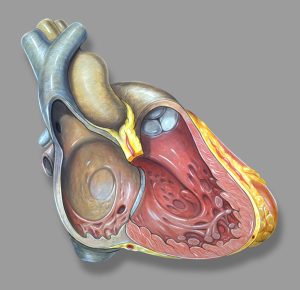Legal Nurse Consultant’s Role in Preparing Demonstrative Evidence
 Nurses think visually, a skill that helps legal nurse consultant working with attorneys in preparing demonstrative evidence.
Nurses think visually, a skill that helps legal nurse consultant working with attorneys in preparing demonstrative evidence.
How do you use this skill with litigation? Although demonstrative evidence usually refers to exhibits created for use with mediations or trials, it can be used in reports or settlement brochures as well.
Preparing Demonstrative Evidence: Begin with the End in Mind
The first step is to put yourself in the position of the juror. What do you want the juror to be able to see and understand as a result of your work?
What does the jury need to know in order to come to the verdict the attorney is looking for in this case and how do you assist in preparing demonstrative evidence to present it? Your role might be to teach the attorney, or to teach the jury through a summary of the medical records.
What do you want the juror to be able to see and understand? Here is an example. In a cardiac case, is it to:
- Understand the anatomy of the heart?
- See how blood flows through the heart?
- Comprehend the symptoms the patient had as a result of a cardiac dysfunction?
- Understand the stages of cardiac surgery?
- Comprehend the side effects of cardiac medications?
Each of these questions requires a different approach
- You might use a 3-D model of the heart to teach the anatomy of the heart.
- To explain blood flow, you might find a computer animation of a beating heart.
- You could summarize symptoms by listing them in a table and placing the days, weeks or months across the top of the chart. Use a check mark to indicate when the symptoms was present.
- You might find a video of the type of open heart surgery the patient had.
- You might create a table listing the medications and their side effects.
It is essential to be effective and efficient as you assist attorneys. Although many attorneys have learned pieces of medical concepts, they lack your knowledge about medicine. They appreciate gaining an understanding of the medical issues so they can make the most effective legal decisions and win their cases. Your role is to break down complex concepts into more understandable ones.
Your job in preparing demonstrative evidence is to focus on the desired result, whether it’s a plaintiff or defense verdict, depending on the client. Do it without spending more money than necessary to do the job. Your creativity can turn medical facts into clear demonstrative evidence.
Pat Iyer MSN RN LNCC has helped attorneys understand medical issues since 1987. She is president of The Pat Iyer Group.
